In the realm of modern interior design, few materials rival the sophistication, versatility, and enduring allure of porcelain. Renowned for its pristine finish, exceptional durability, and ability to adapt to cutting-edge aesthetics, porcelain has emerged as a luxurious choice for architects, designers, and homeowners alike. Whether it’s transforming floors, walls, countertops, or decorative accents, porcelain brings an unmistakable touch of elegance to contemporary spaces. This article delves into the world of porcelain, exploring its unique properties, manufacturing process, and why it has become synonymous with luxury in modern design.
The Essence of Porcelain: What Makes It Special?
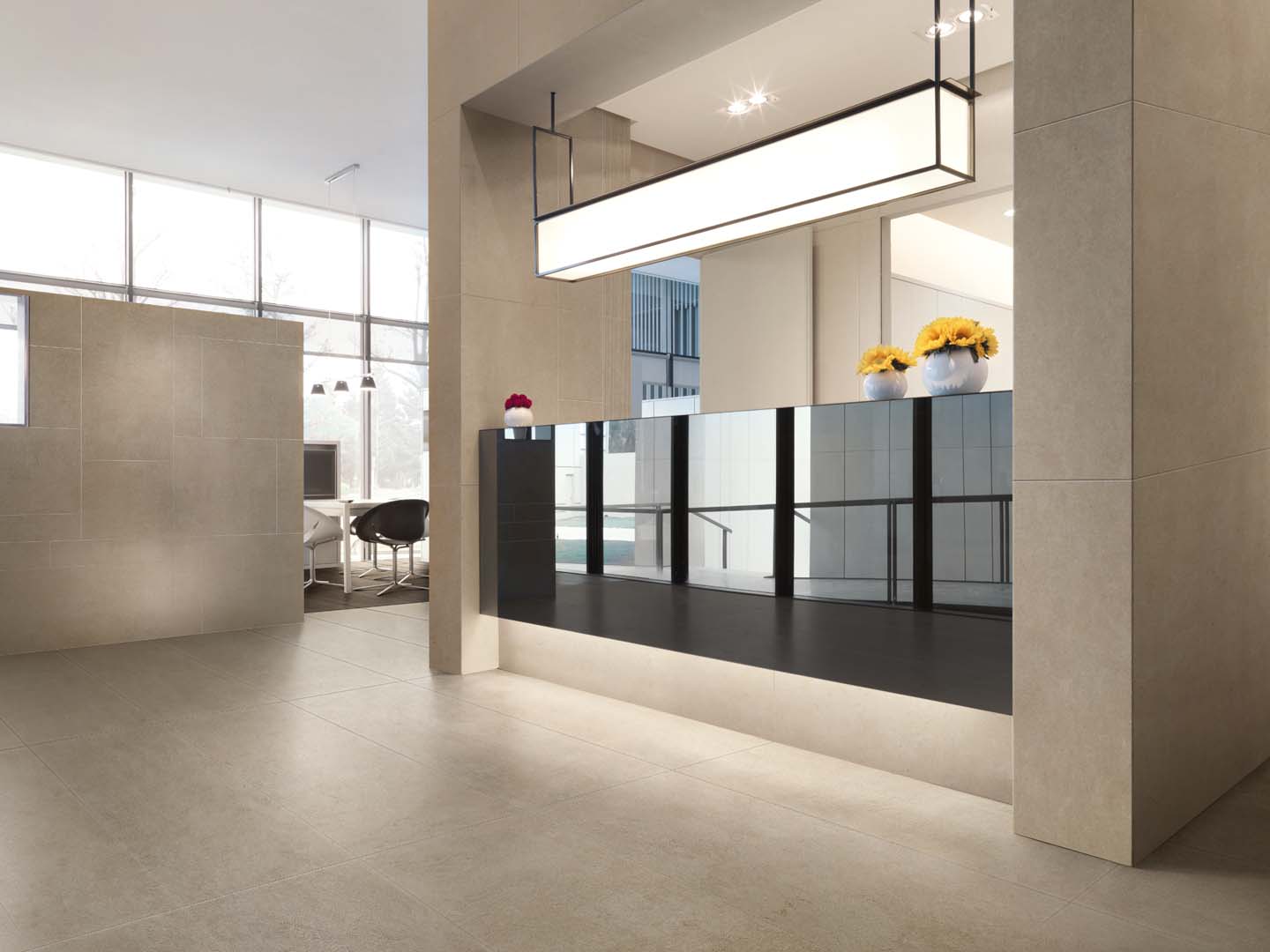
Porcelain is a type of ceramic distinguished by its refined composition and high firing temperatures. Made from a blend of kaolin (a pure white clay), quartz, and feldspar, porcelain is fired at temperatures ranging from 1,200°C to 1,400°C (2,192°F to 2,552°F). This intense heat vitrifies the material, creating a dense, non-porous, and glass-like surface that is both strong and translucent. Unlike standard ceramics, porcelain’s composition and production process result in a product that is harder, less permeable, and more resistant to wear—qualities that elevate it to a luxury status.
The material’s natural whiteness serves as a blank canvas, allowing for endless customization through glazes, textures, and patterns. This adaptability, combined with its practical benefits, makes porcelain a standout choice for modern spaces where form and function must coexist seamlessly.
A Legacy of Craftsmanship
Porcelain’s journey began over a thousand years ago in China, where it was perfected as an art form during the Song Dynasty (960–۱۲۷۹ AD). Known as “china” in the West, it was prized for its delicate beauty and strength, reserved for royalty and traded as a precious commodity. European artisans later cracked the code in the 18th century, with manufacturers like Meissen and Limoges setting the stage for porcelain’s global prominence. Today, advancements in technology have expanded its possibilities, making it a cornerstone of modern design while preserving its legacy of craftsmanship.
The Making of a Luxury Material
The production of porcelain is a meticulous process that reflects its premium status. Here’s how it comes to life:
Raw Material Selection: High-quality kaolin, quartz, and feldspar are sourced and finely ground into a powder. The purity of these ingredients is critical to achieving porcelain’s signature whiteness and strength.
Forming: The mixture is blended with water to create a slip, which is then shaped using techniques like slip casting, pressing, or extrusion. For large-scale applications like tiles, precision machinery ensures uniformity.
Drying: The formed pieces are dried to remove moisture, preparing them for the initial firing.
Bisque Firing: A preliminary firing at around 1,000°C (1,832°F) hardens the body into a porous “bisque” state.
Glazing: A liquid glaze is applied, which melts during the final firing to create a glossy, impermeable finish. Modern techniques like digital printing allow for intricate designs and textures.
High-Temperature Firing: The pieces are fired at extreme temperatures, fusing the body and glaze into a single, durable entity.
Finishing Touches: Additional decorative elements, such as metallic accents or hand-painted details, may be added and set with a final, lower-temperature firing.
This labor-intensive process underscores porcelain’s exclusivity, as every step demands precision to achieve its luxurious qualities.
Why Porcelain Defines Luxury in Modern Spaces
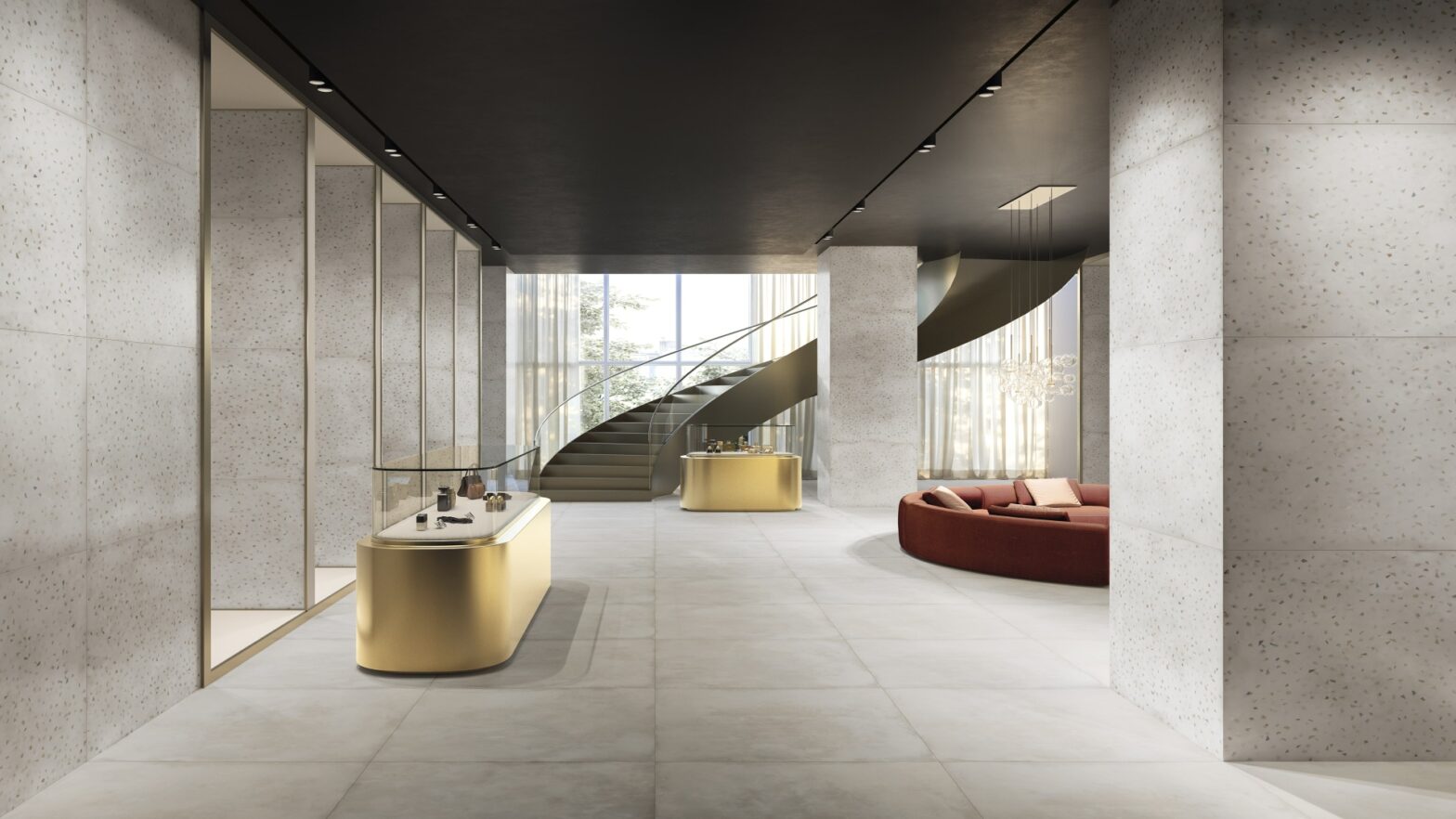
Porcelain’s rise as a preferred material in contemporary design is no accident.Its unique attributes align perfectly with the demands of modern living:
Unmatched Elegance: Porcelain’s smooth, lustrous surface and ability to mimic high-end materials like marble, granite, or wood elevate the aesthetic of any space. Its subtle translucency adds a layer of refinement that other materials can’t replicate.
Durability and Longevity: Despite its delicate appearance, porcelain is exceptionally tough, resisting scratches, stains, and fading. This makes it ideal for high-traffic areas without compromising its luxurious appeal.
Versatility: Available in a vast range of sizes, finishes (matte, polished, textured), and colors, porcelain adapts to diverse design styles—from minimalist lofts to opulent residences.
Low Maintenance: Its non-porous nature prevents the absorption of water, dirt, or bacteria, ensuring effortless upkeep—a key consideration for modern lifestyles.
Sustainability: Advances in eco-friendly production, such as energy-efficient kilns and recycled materials, align porcelain with the growing demand for sustainable luxury.
Applications in Modern Design
Porcelain’s adaptability makes it a star player in contemporary interiors. Here are some of its most luxurious applications:
Flooring: Large-format porcelain tiles create seamless, expansive surfaces that exude sophistication. Finishes mimicking natural stone or hardwood add warmth and texture to minimalist spaces.
Wall Cladding: Porcelain panels with intricate patterns or 3D textures serve as statement walls, turning ordinary rooms into artistic showcases.
Countertops: Porcelain slabs, resistant to heat, scratches, and stains, offer a sleek alternative to marble or quartz, perfect for modern kitchens and bathrooms.
Furniture and Décor: Designers are increasingly using porcelain for custom furniture pieces, such as tabletops or lighting fixtures, blending functionality with sculptural beauty.
Outdoor Spaces: Porcelain’s weather resistance makes it a luxurious choice for patios, pool surrounds, and garden pathways, extending modern elegance beyond the indoors.
Innovation Meets Tradition
The modern porcelain industry thrives on innovation, merging centuries-old techniques with cutting-edge technology. Digital printing allows for hyper-realistic designs, while ultra-thin porcelain tiles offer lightweight yet durable options for cladding and renovations. Manufacturers are also experimenting with bold colors, metallic glazes, and oversized formats, pushing the boundaries of what porcelain can achieve in luxury design.
The Psychology of Luxury
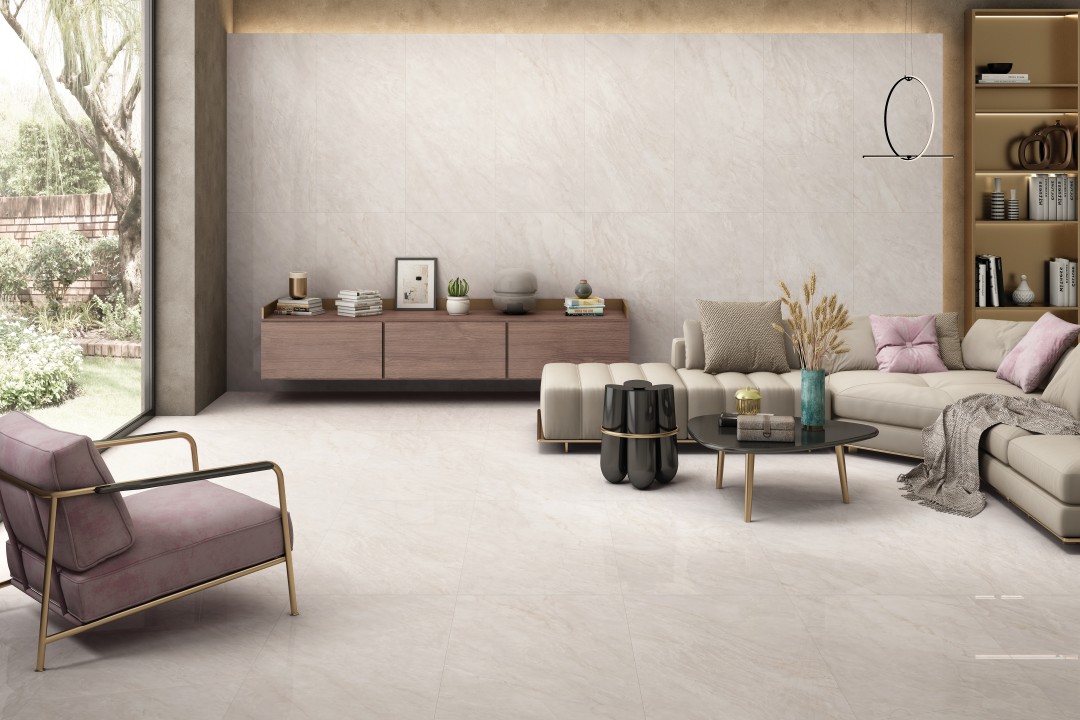
Porcelain’s appeal goes beyond its physical properties—it taps into the psychology of luxury. Its association with rarity, craftsmanship, and timelessness evokes a sense of exclusivity and prestige. In modern spaces, where clean lines and open layouts dominate, porcelain adds a layer of tactile and visual richness that feels both indulgent and intentional.
Conclusion: A Timeless Investment
Porcelain is more than a material—it’s a statement of style, quality, and innovation. Its ability to marry luxury with practicality makes it an unrivaled choice for modern spaces, where beauty must endure the test of time and use. From sleek urban apartments to sprawling minimalist villas, porcelain transforms environments into showcases of elegance and sophistication. As a luxurious investment, it promises not only to enhance the present but to remain a cherished feature of the future—a true embodiment of modern living at its finest.
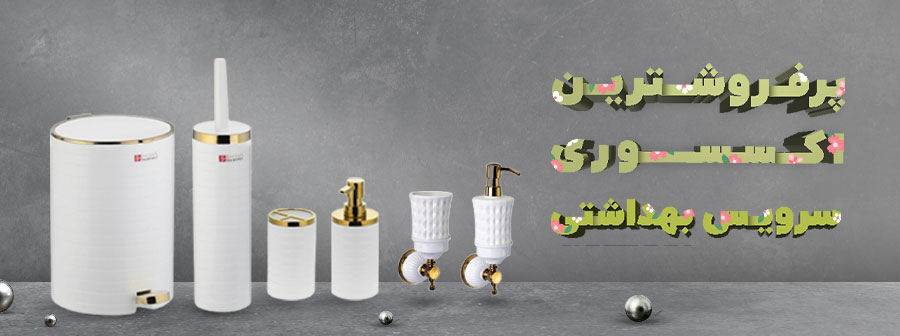
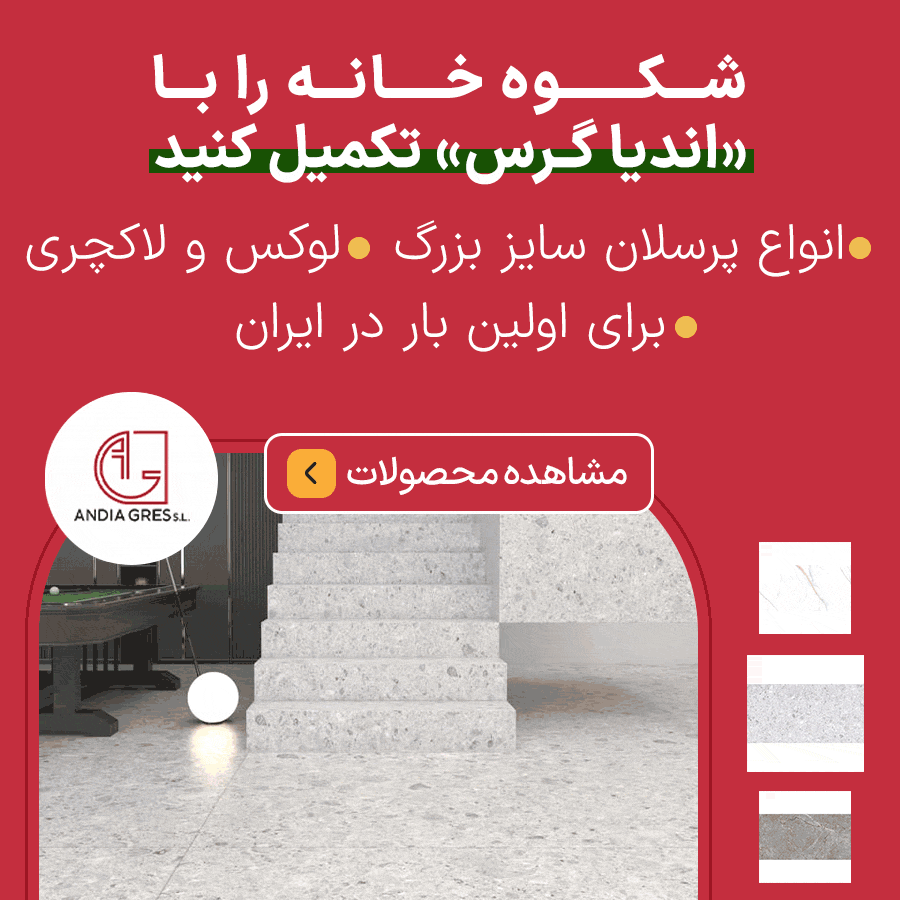
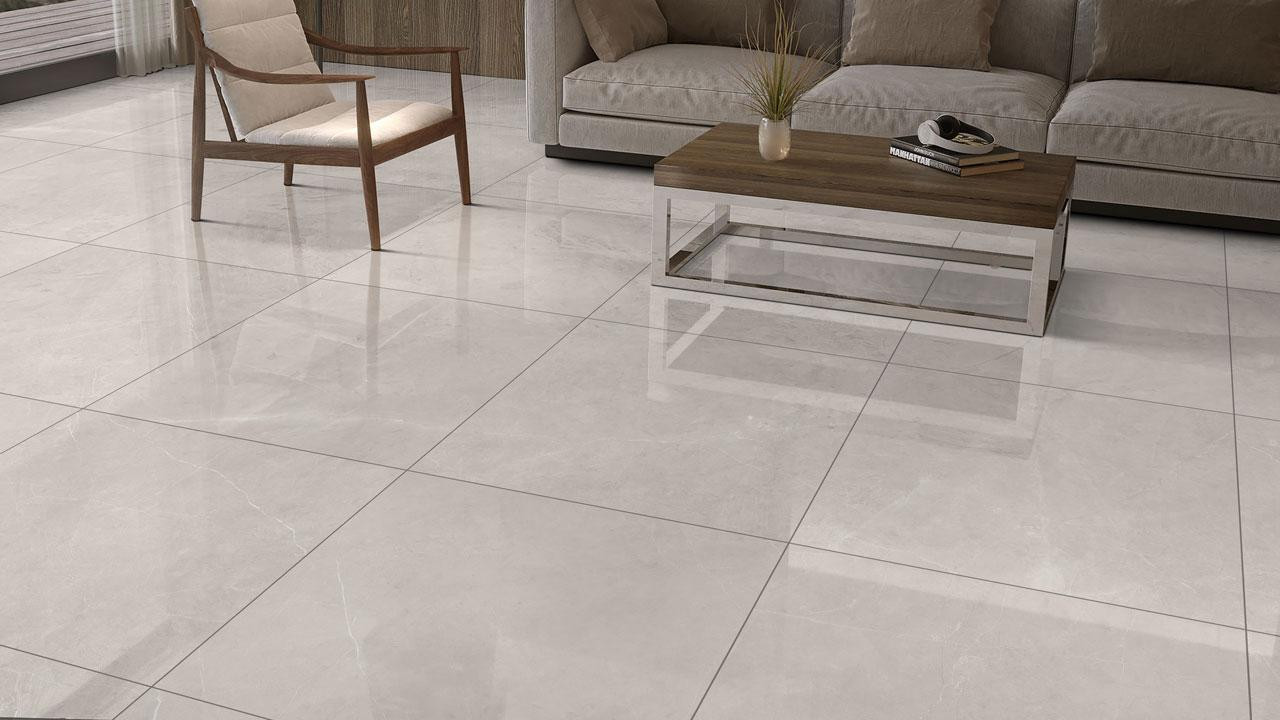
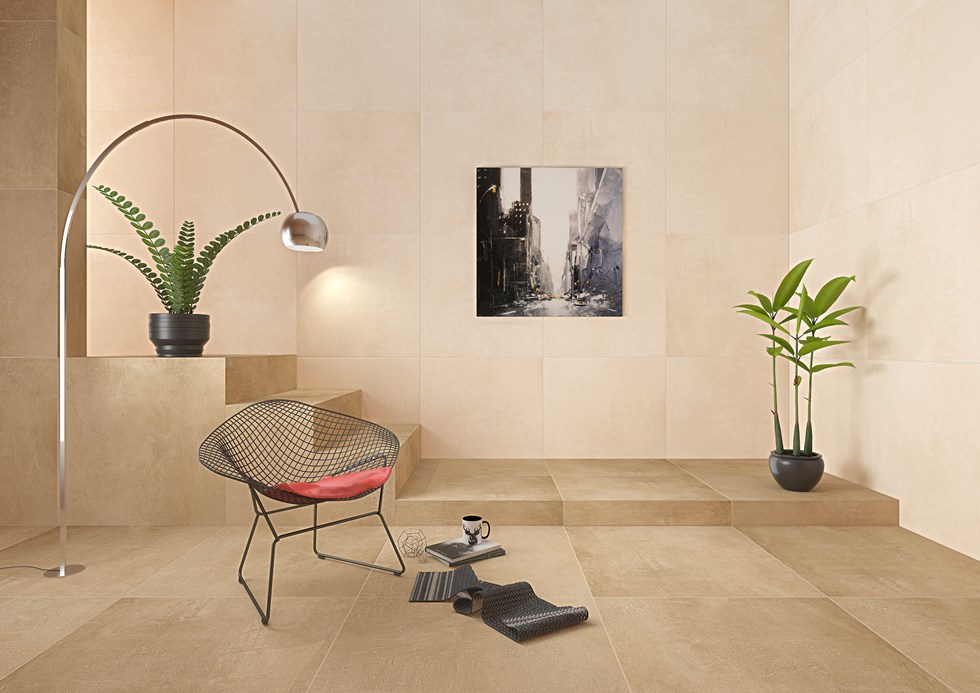

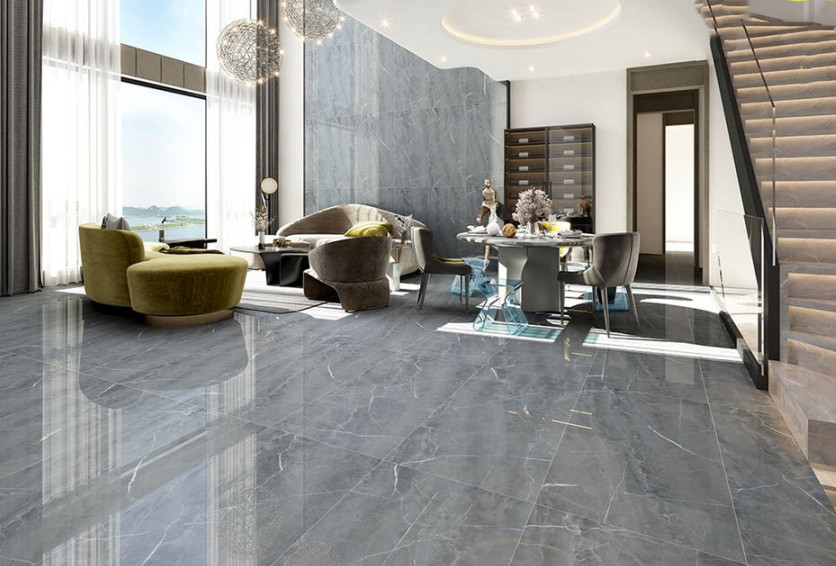

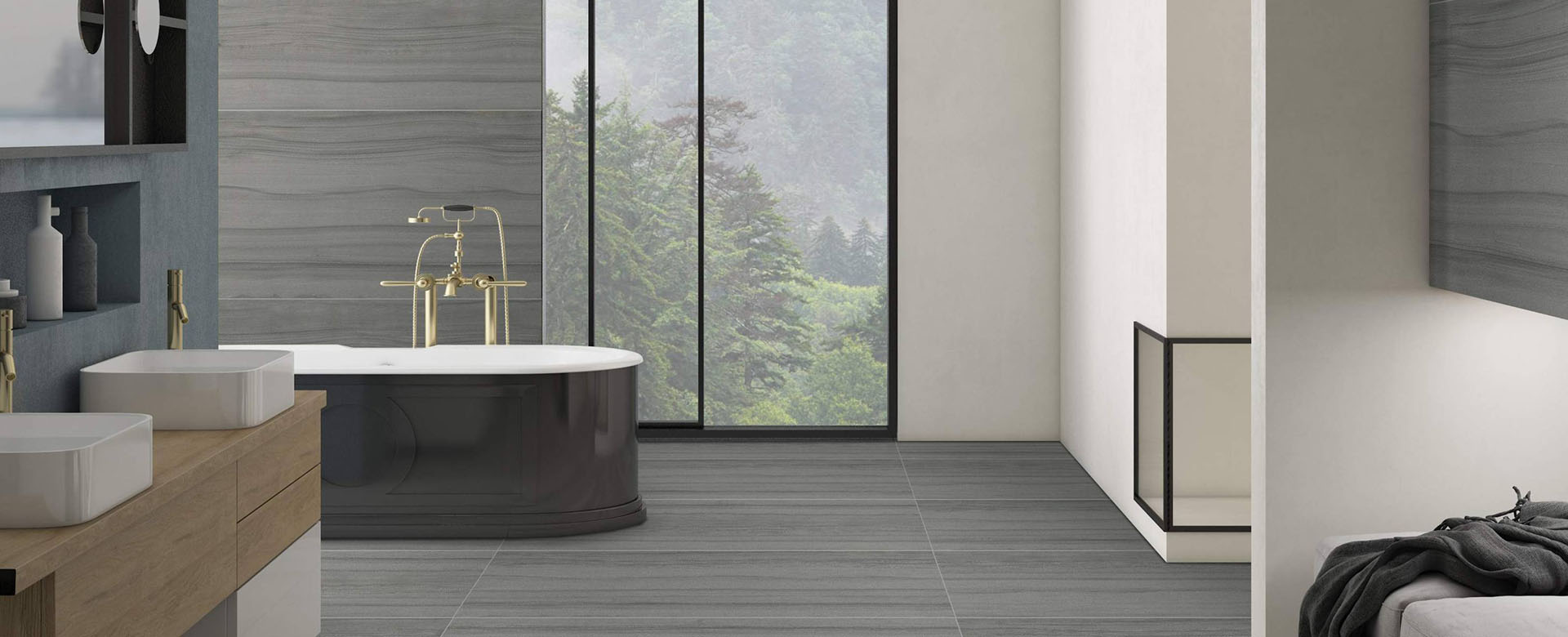
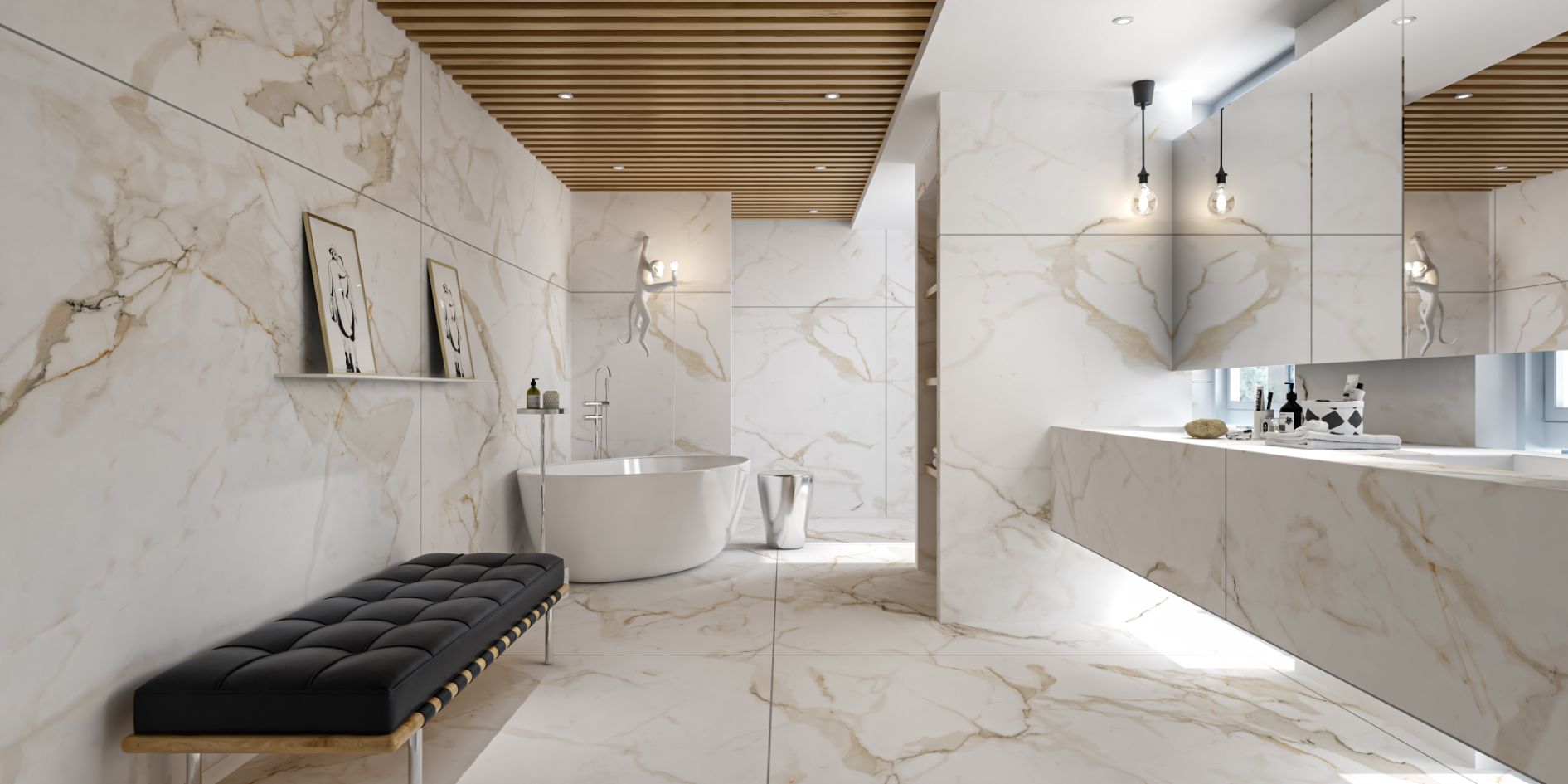
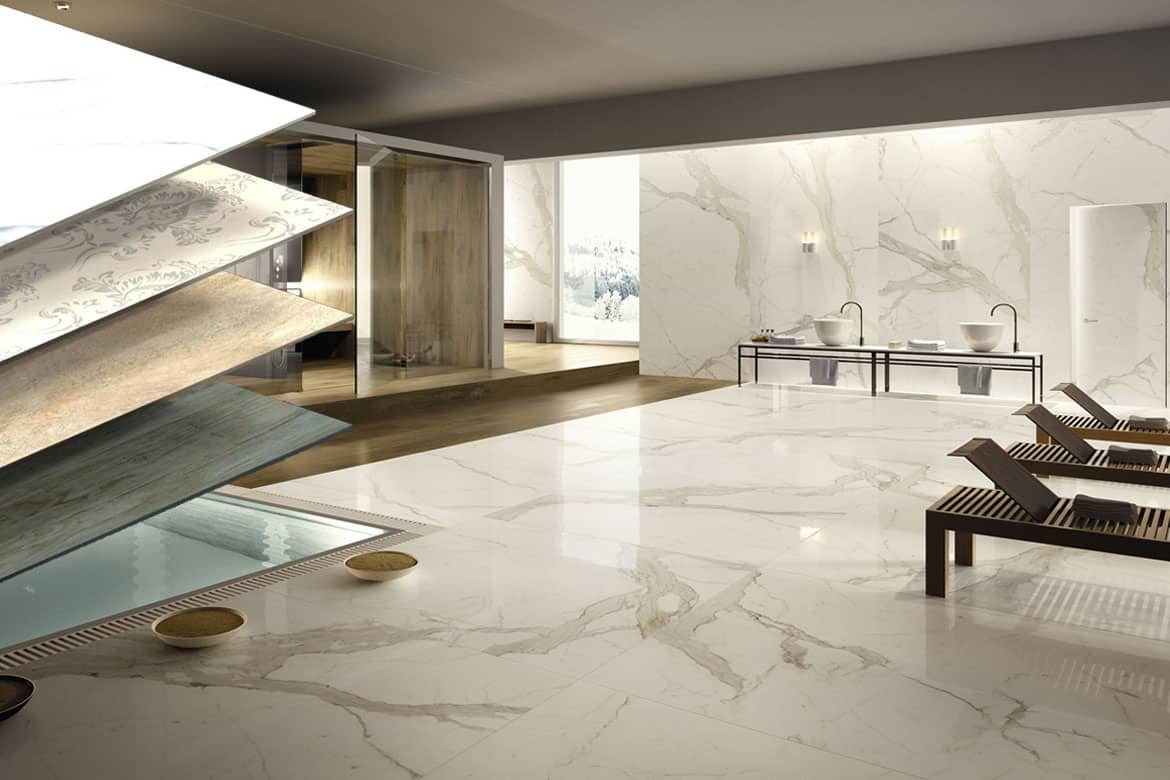
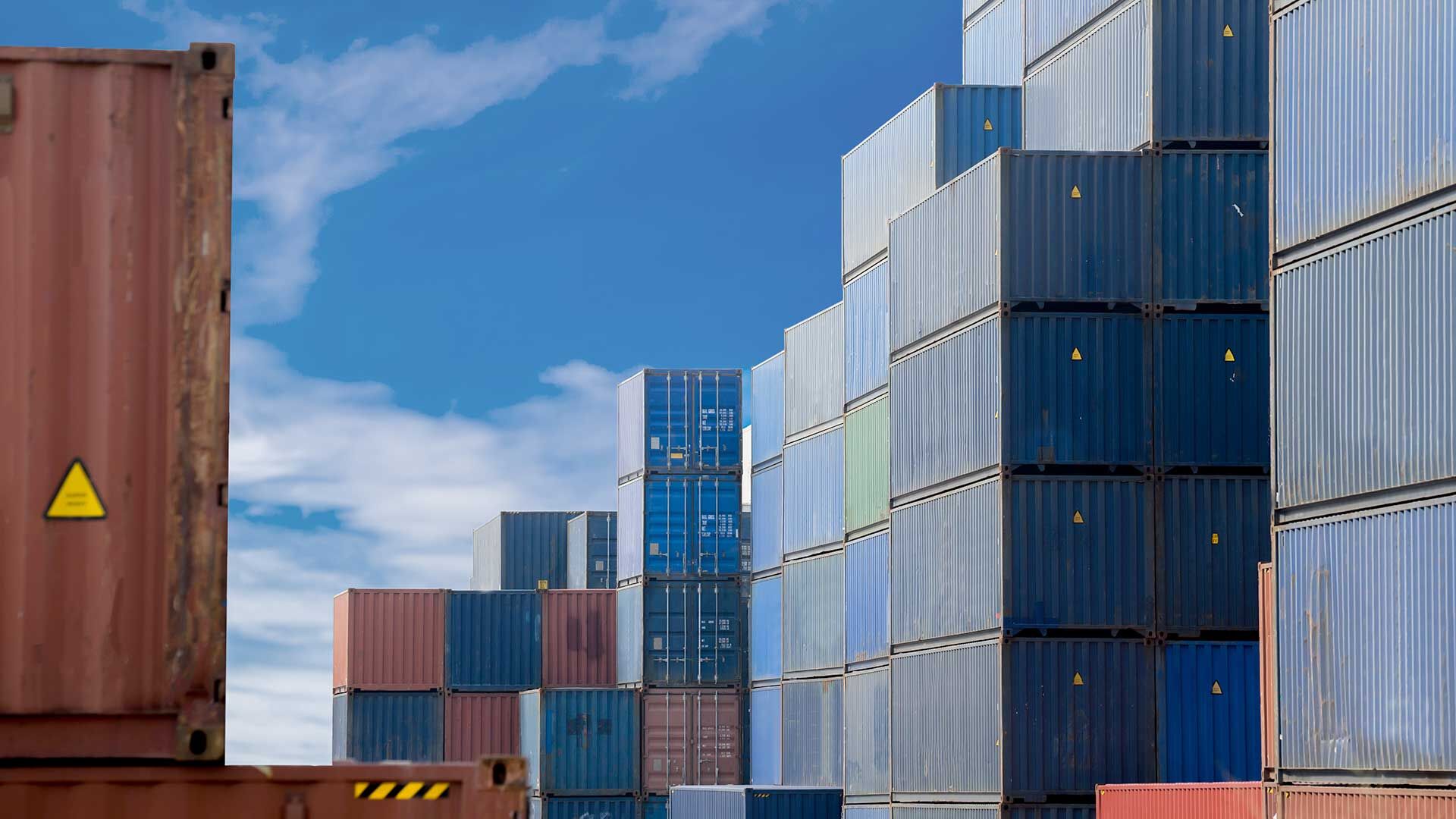
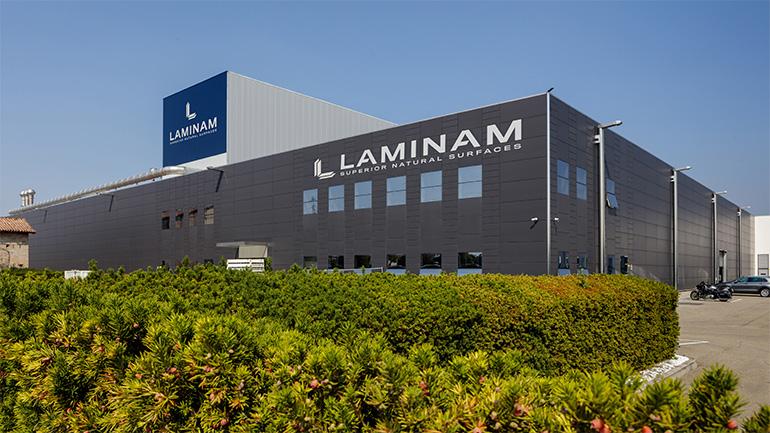
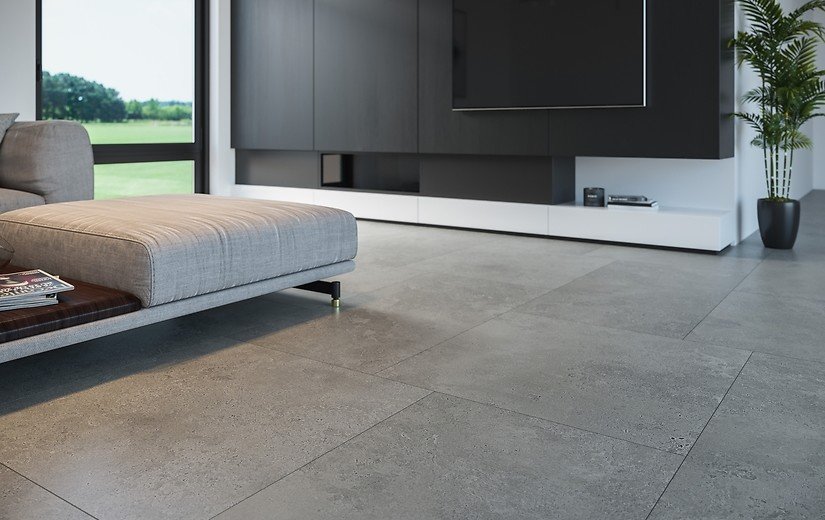
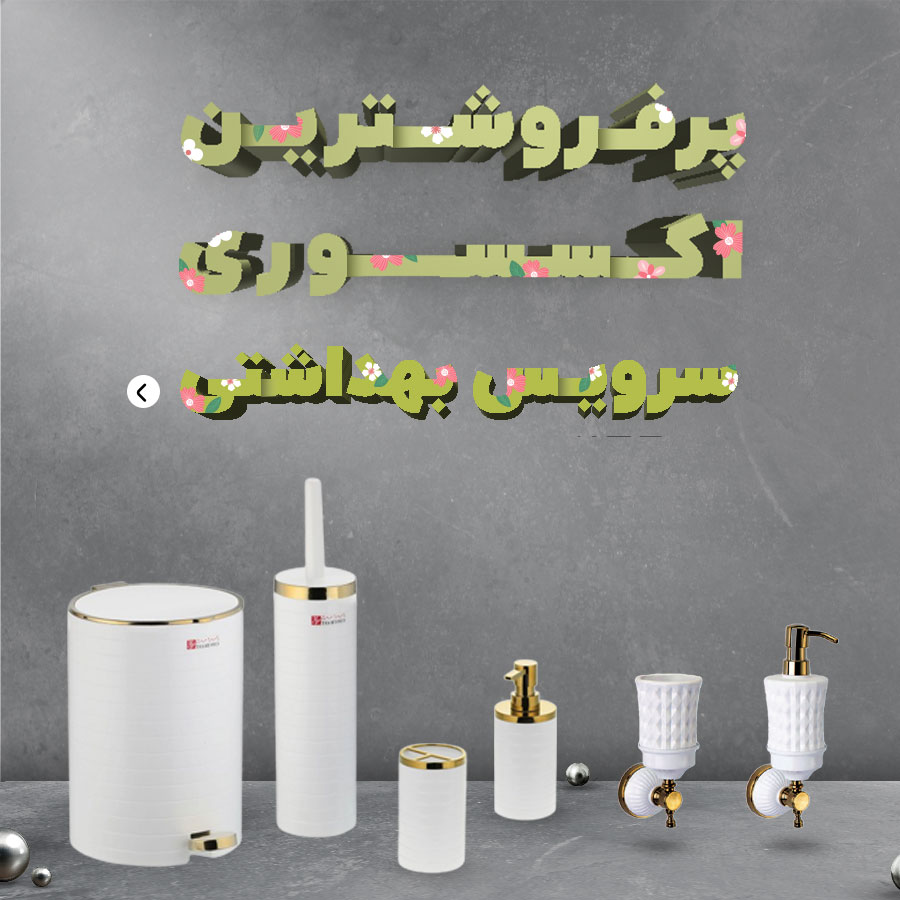

نظرات ۰